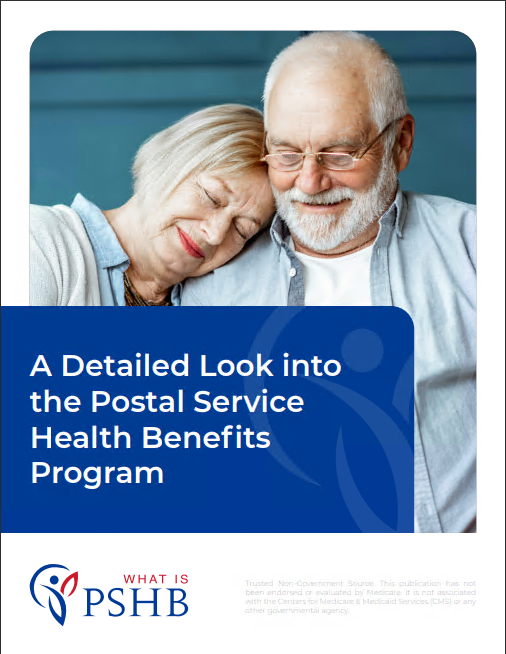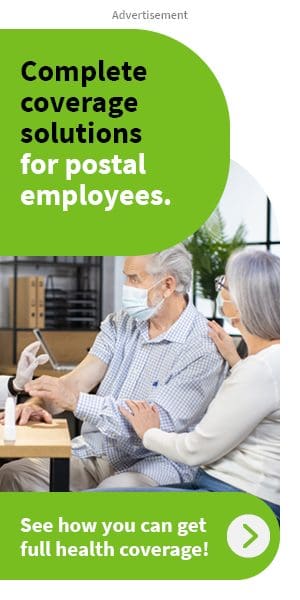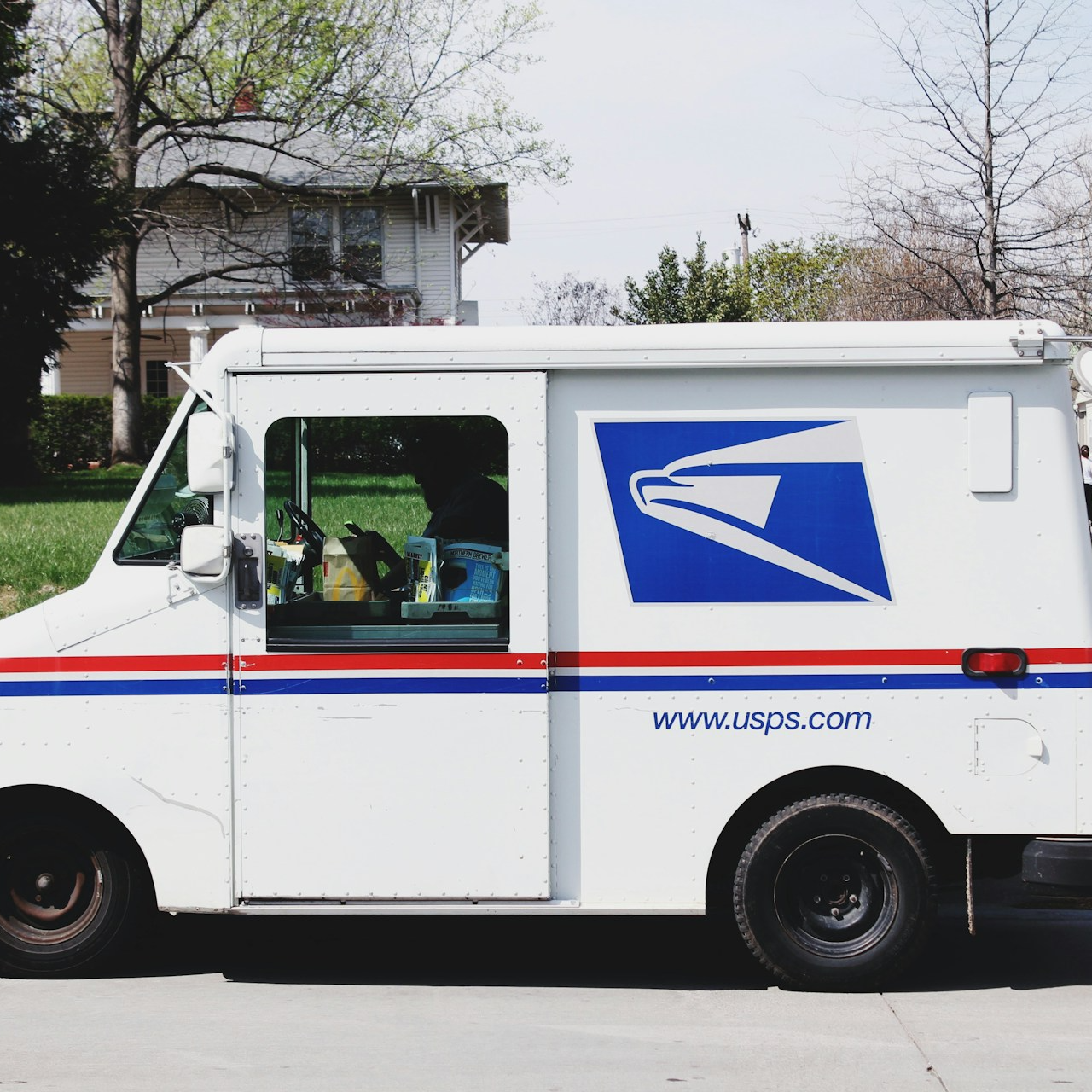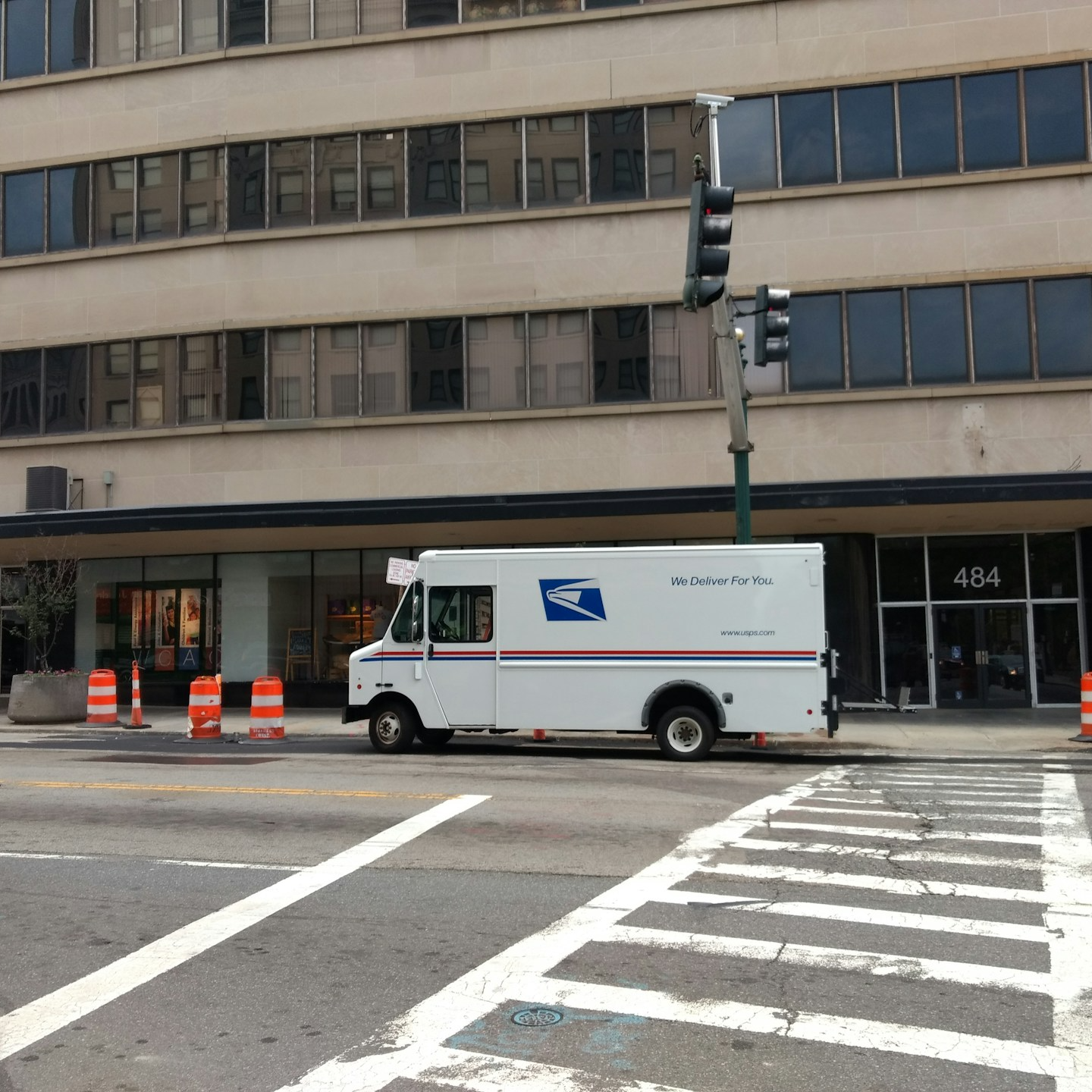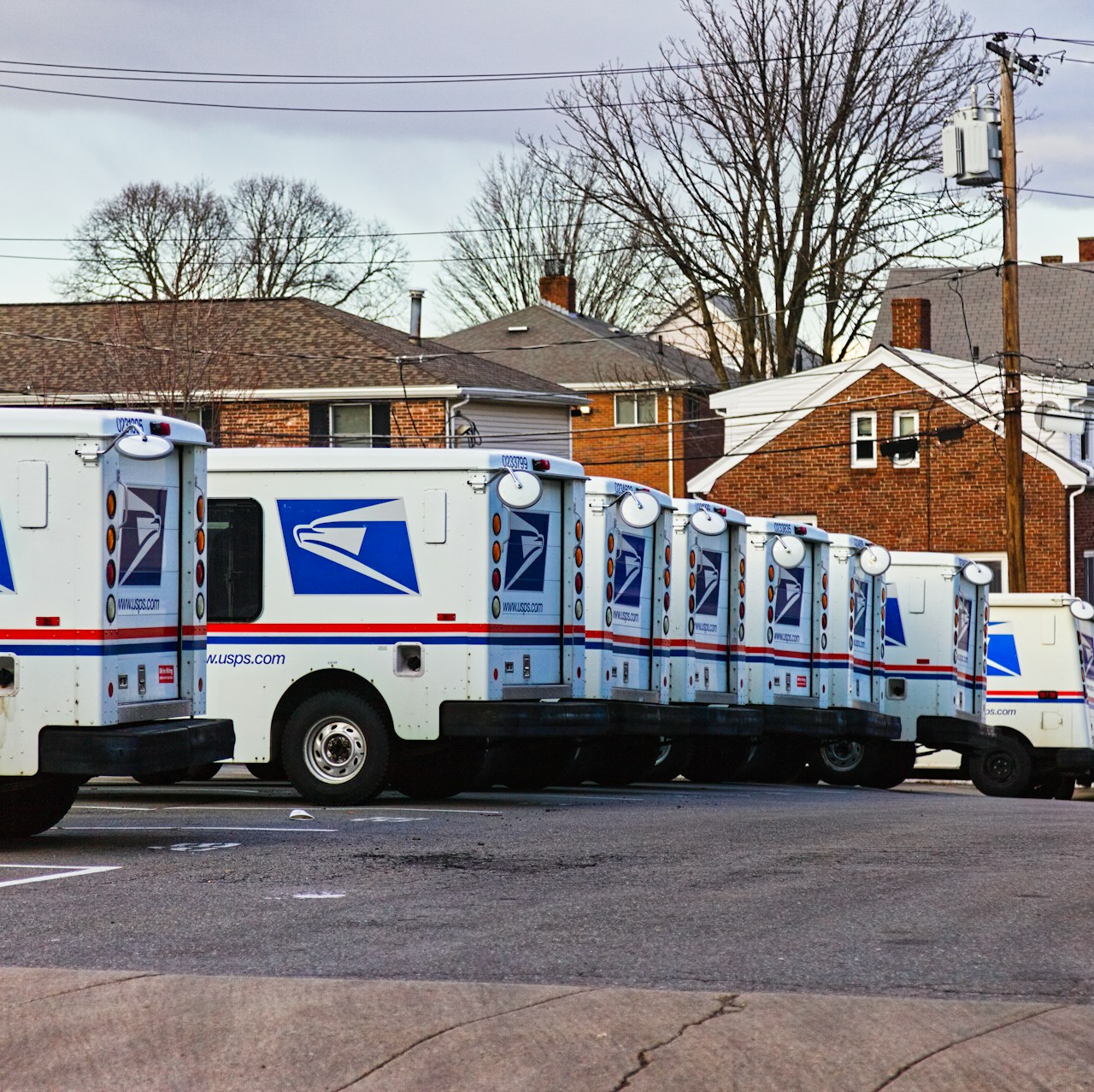Key Takeaways
-
The new Postal Service Health Benefits (PSHB) program, replacing FEHB in 2025, will fundamentally reshape healthcare coverage for USPS employees, retirees, and their families.
-
Understanding key dates, Medicare integration, and plan options will help you make the most of this transition and avoid common pitfalls.
The Big Picture: A New Healthcare Landscape for USPS
The 2025 launch of the Postal Service Health Benefits (PSHB) program is not just a change—it’s a complete reinvention of how USPS employees and retirees access healthcare. Designed exclusively for USPS workers, retirees, and their families, PSHB replaces the longstanding Federal Employees Health Benefits (FEHB) program to better address the unique needs of the postal community.
What does this mean for you? It’s time to understand the new system and its requirements, especially if you’re approaching Medicare eligibility or already enrolled. By planning ahead, you can ensure your family’s healthcare needs are covered without disruption.
What Sets PSHB Apart From FEHB?
The PSHB program introduces a number of new features that distinguish it from the FEHB system:
-
Exclusive Coverage for USPS Members: PSHB plans are designed specifically for postal workers and retirees, offering more tailored options than FEHB’s generalized plans for federal employees.
-
Mandatory Medicare Coordination: Medicare-eligible retirees must enroll in Medicare Part B to maintain PSHB coverage. This integration allows for more comprehensive and cost-effective healthcare.
-
Prescription Drug Caps: A $2,000 out-of-pocket cap for prescription drugs through Medicare Part D begins in 2025, providing significant savings for retirees requiring long-term medication.
-
Simplified Plan Choices: Instead of navigating through numerous FEHB options, PSHB offers streamlined plans better suited to the unique healthcare needs of USPS families.
These improvements make PSHB a game-changer, but they also mean you’ll need to familiarize yourself with the new system to make the most of your benefits.
How Medicare Fits Into the New PSHB Program
For retirees, Medicare is a critical piece of the PSHB puzzle. The new program emphasizes coordination with Medicare Part B to provide seamless, comprehensive coverage. Here’s what you need to know:
-
Part B Enrollment is Essential: If you’re eligible for Medicare, enrolling in Part B is mandatory to retain PSHB coverage. Missing this step could result in coverage gaps or penalties.
-
Better Coverage Coordination: Medicare and PSHB together cover a wide range of healthcare needs, from outpatient services to preventive care, ensuring fewer gaps and more predictability.
-
Prescription Drug Savings: The $2,000 out-of-pocket cap on prescription drug costs through Medicare Part D alleviates financial stress for those managing chronic conditions.
If you’re nearing Medicare eligibility, don’t wait to act. Enroll in Part B during your Initial Enrollment Period (IEP) to ensure uninterrupted healthcare coverage.
Mark These Enrollment Dates on Your Calendar
Navigating the PSHB transition requires careful attention to enrollment deadlines. Missing these key dates could lead to unwanted coverage interruptions or financial penalties:
-
2024 Open Season: From November 11 to December 9, you can select a PSHB plan for 2025. This is your primary opportunity to compare plans and choose the best fit for your needs.
-
Medicare Initial Enrollment Period (IEP): For those turning 65, this seven-month window begins three months before your 65th birthday and ends three months after. It’s vital to align this with your PSHB enrollment.
-
Special Enrollment Periods (SEPs): Certain life events, such as retiring or losing other health coverage, may qualify you for a SEP, allowing you to adjust your plan outside of Open Season.
Don’t let these dates slip by—they’re critical to ensuring a smooth transition to PSHB.
Why the 2025 Transition Matters for Retirees and Families
The PSHB program isn’t just about healthcare—it’s about reshaping the way you and your family plan for medical expenses and coverage. Here’s how retirees and their families will benefit:
-
Comprehensive Care: PSHB plans work in harmony with Medicare, offering robust coverage for routine care, specialist visits, and more.
-
Cost Savings: The integration with Medicare Part B and the prescription drug cap significantly reduce out-of-pocket expenses.
-
Simplified Choices: With fewer but more targeted plan options, it’s easier to find a plan that suits your needs.
These changes aren’t just improvements—they’re a fresh approach to making healthcare more manageable and affordable for USPS members and their dependents.
How to Get Ready for the PSHB Switch
Preparation is the key to navigating the PSHB transition successfully. Here’s a step-by-step guide to help you get started:
-
Evaluate Your Current Plan: Review your current FEHB benefits. Identify the features that matter most to you, such as low premiums, prescription coverage, or access to specialists.
-
Understand Medicare Requirements: If you’re Medicare-eligible, ensure you’re enrolled in Part B. This step is mandatory for maintaining PSHB coverage.
-
Research PSHB Options: Use USPS-provided resources to compare plans. Consider premiums, coverage details, and how they align with your medical needs.
-
Act During Open Season: Don’t wait until the last minute. Make your plan selection early to avoid default enrollments or lapses in coverage.
Starting now will save you from last-minute surprises and ensure you’re ready for the January 2025 rollout.
The Risks of Not Taking Action
Failing to engage with the PSHB transition could result in significant issues, including:
-
Default Enrollment: Without selecting a plan during Open Season, you may be automatically enrolled in a default option that doesn’t meet your needs.
-
Medicare Penalties: Delaying Part B enrollment could result in lifelong penalties, increasing your monthly premiums.
-
Coverage Gaps: Neglecting to coordinate PSHB with Medicare could lead to unexpected out-of-pocket expenses or gaps in coverage.
To avoid these challenges, take proactive steps to understand and engage with the new system.
Maximizing Your Benefits Under PSHB
The PSHB program offers a unique opportunity to optimize your healthcare coverage. Here’s how to make the most of it:
-
Stay Informed: USPS and Medicare will provide updates and resources to guide you through the transition. Make use of these tools.
-
Plan Financially: Factor in Medicare Part B premiums and PSHB costs when planning your 2025 budget.
-
Ask for Help: If you have questions, don’t hesitate to contact USPS or Medicare representatives for clarification.
-
Think Long-Term: Choose a plan that not only meets your current needs but also provides flexibility for future healthcare demands.
With the right preparation, you can turn this transition into an opportunity to enhance your healthcare experience.
Building a Better Healthcare Future
The 2025 transition to the Postal Service Health Benefits program isn’t just a policy change—it’s a chance to rethink and improve how USPS employees and retirees access healthcare. By understanding the new plans, integrating Medicare, and acting on key deadlines, you can secure better, more affordable coverage for yourself and your family.



